5 smartphone camera features we want to see more often
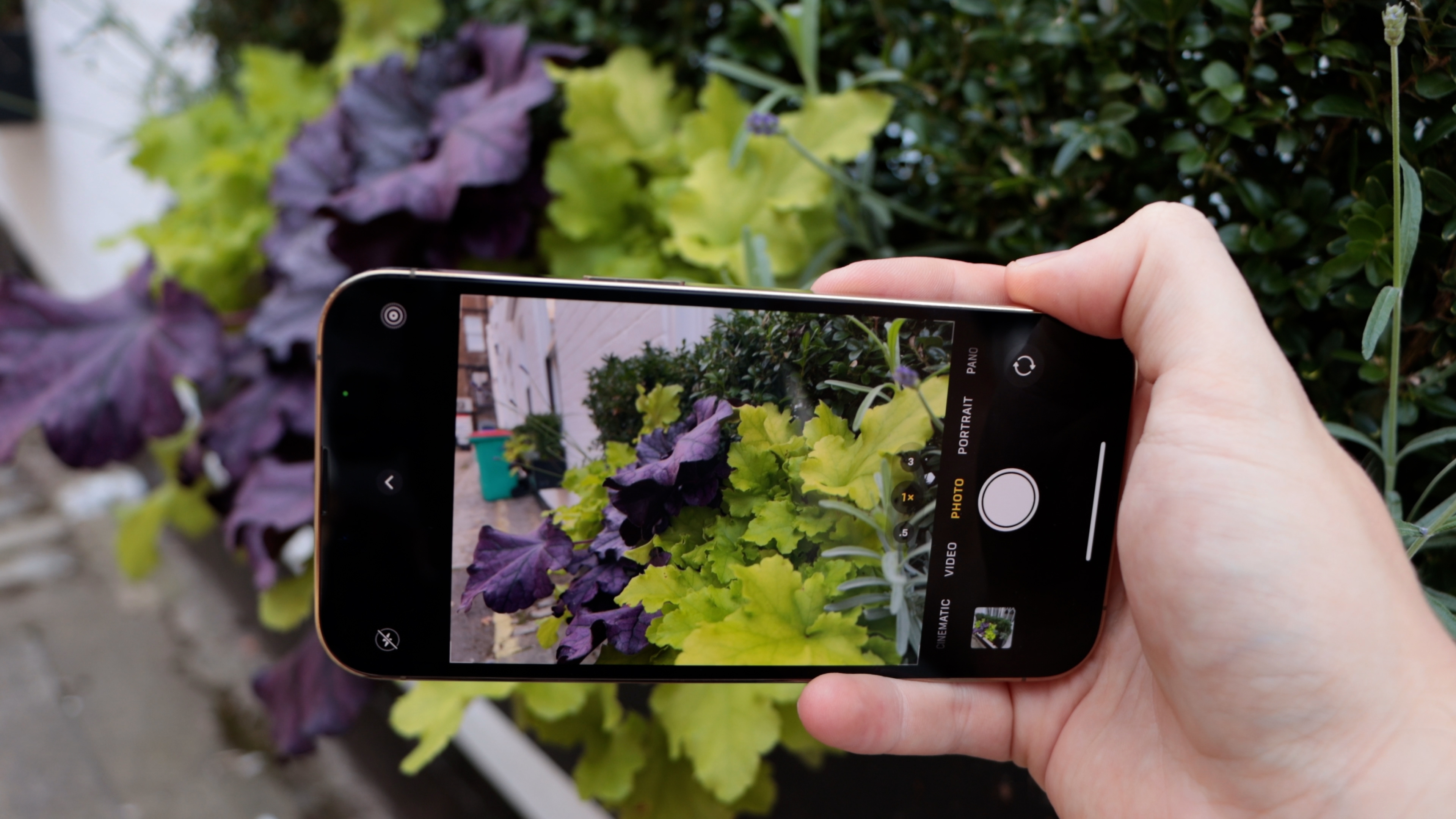
Cameras are at once one of the most exciting and frequently disappointing parts of smartphones – especially at the high end.
Companies like Apple, Samsung and Google are constantly pushing smartphone photography forward, with more megapixels, improved algorithms, larger sensors and new lenses. But if we told you a flagship phone had three rear lenses, you’d probably be able to guess what they do.
Inevitably, there would be a wide, an ultra-wide and a telephoto, probably offering around 3x optical zoom. Two lenses? The telephoto won’t have made the cut.
There are exceptions, and once you add more than three lenses to the mix (or move down to lower-end phones) things get slightly less predictable, but for the most part you’re getting much the same camera setup on most smartphones – just with varying qualities of hardware and software.
There are good reasons for that. The lenses that smartphone makers have settled on tend to be among the most useful for the most people. But what about the people who don’t want that combination? Or just want the ability to choose? For those people, we want to see more of the following features offered.
1. Continuous optical zoom
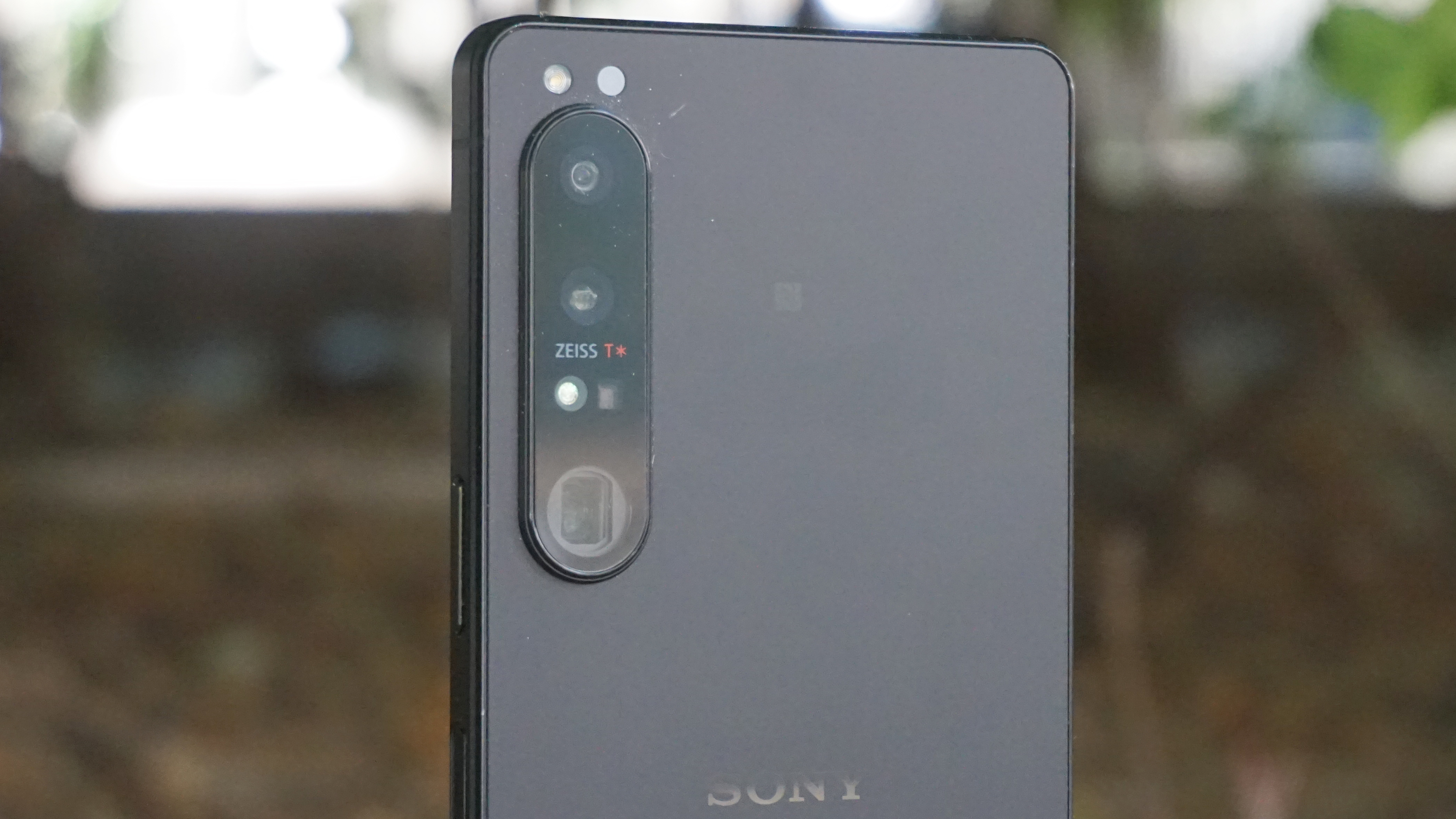
The Sony Xperia 1 IV stands out in a number of ways, but perhaps most of all for offering a continuous optical zoom lens.
Yes, this is yet another phone with a wide/ultra-wide/telephoto combo, but that telephoto can smoothly transition from an 85mm focal length to a 125mm one – or anywhere in between. That amounts to between 3.5x and 5.2x optical zoom.
Sign up for breaking news, reviews, opinion, top tech deals, and more.
The vast majority of phones only offer optical zoom at one focal length, and if two are offered it usually requires two lenses, as on the Samsung Galaxy S22 Ultra, which offers both 3x and 10x optical zoom. But doing it that way still means you can only optically zoom to those two levels – not the steps in between.
So continuous optical zoom is far, far more versatile, and it’s something we want to see more phones offer – and not just those made by Sony.
2. 35m main lenses
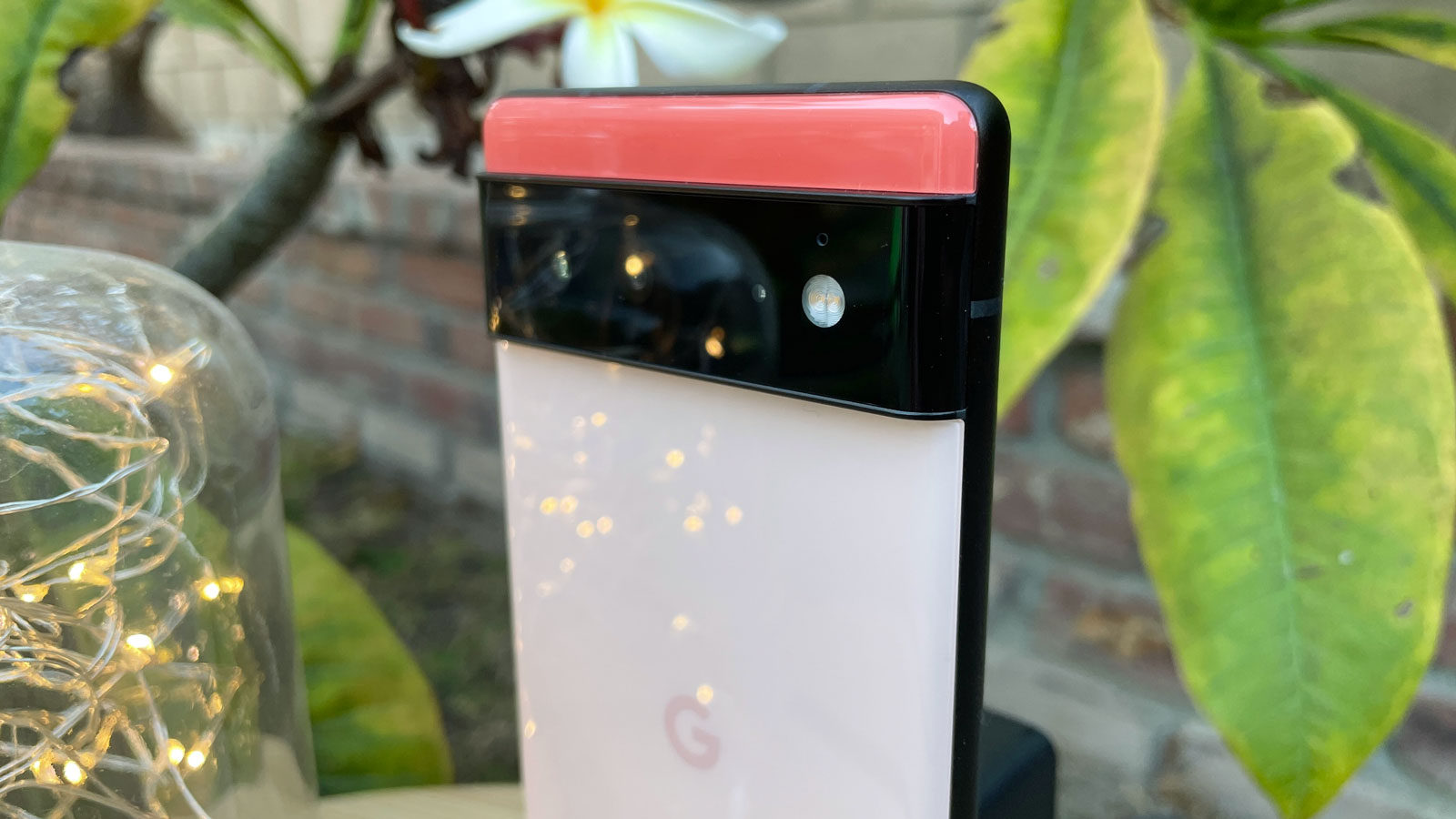
The primary lens on a smartphone is almost always around 25mm, yet on phones which also have an ultra-wide and a telephoto camera an argument could be made for a 35mm main snapper instead, since that’s more of a middle ground between the two in terms of the focal length and how much you can get in the shot.
Motorola has recognized this, as it plans to offer a 35mm lens on the upcoming Moto X30 Pro. In fact, there’s seemingly no ultra-wide here, with the other two sensors being 50mm and 85mm (so they’re more zoomed in).
That’s the sort of unusual setup we’d like to see more manufacturers experiment with, but especially the 35mm bit, because that’s a focal length you’ll rarely find on a phone, despite its versatility.
3. Good macro cameras
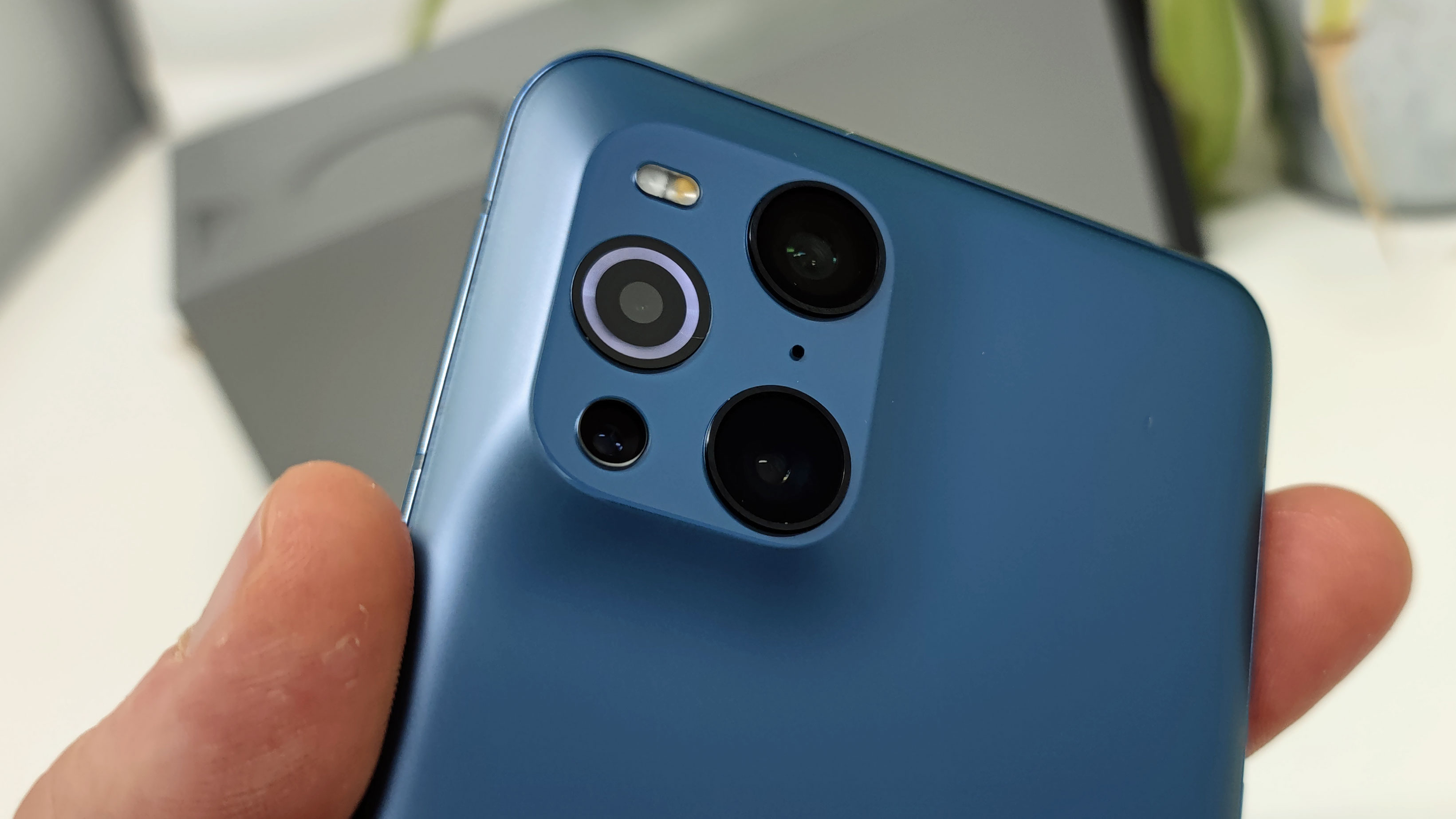
Macro cameras have had an odd time of it on smartphones. Pick up a high-end phone and it almost certainly won’t have a dedicated macro lens, and while some have macro modes attached to their ultra-wide lenses, these can be hit and miss.
Cheap phones on the other hand often do have dedicated macro lenses, but they’re usually low-quality options offering only a few megapixels.
We’d like to see more of a focus put on excellent macro hardware and software, whether that’s dedicated lenses or not. Phones like the Oppo Find X3 Pro with its microlens are rare examples of high-end handsets that pumped a bit more money into the macro side, and the results can be seriously impressive, so more of this please.
4. Long range zoom
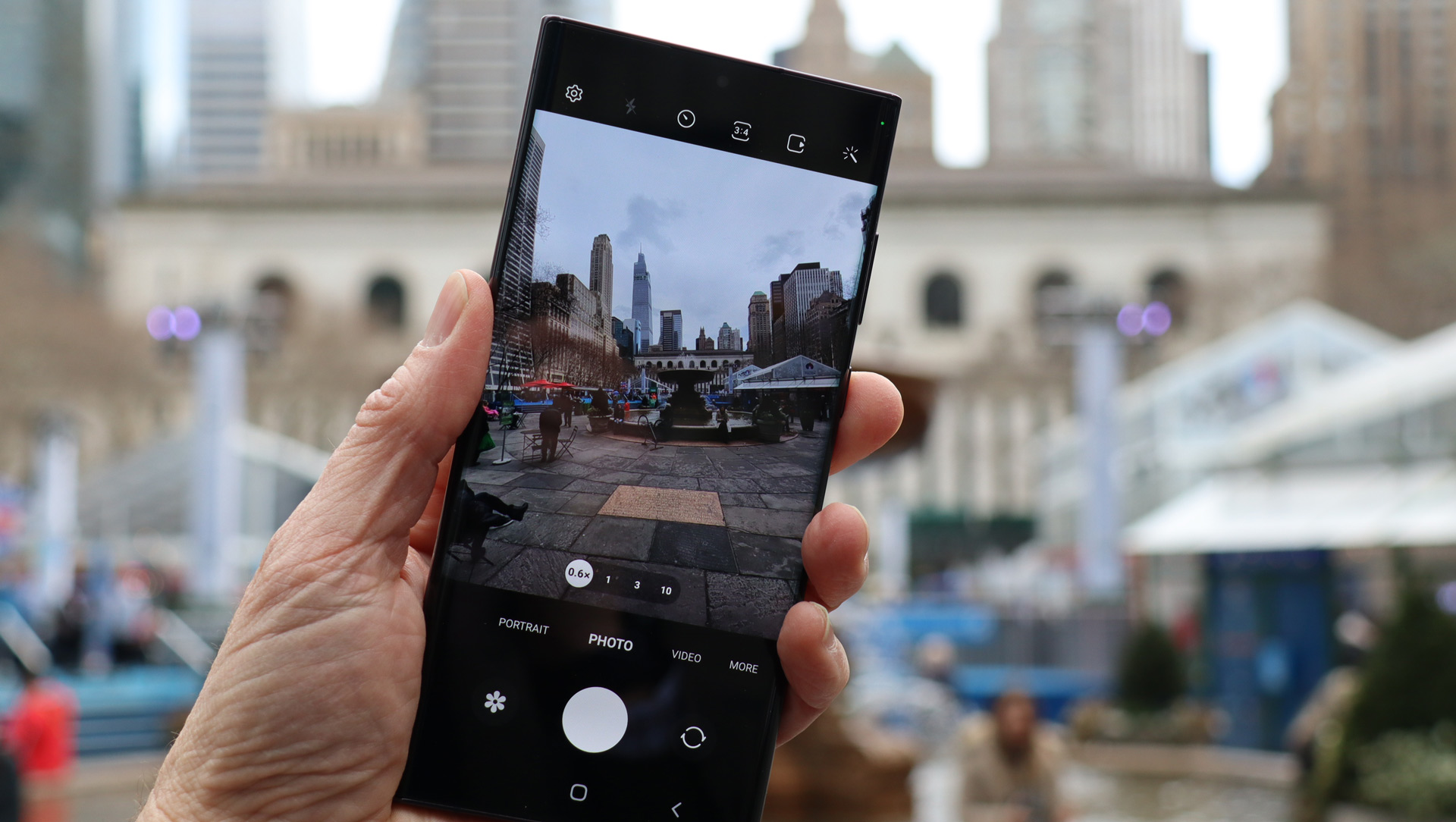
If you want a smartphone with a truly long-range optical zoom, such as 10x, then your options are basically Samsung or occasionally Huawei. Other brands rarely exceed 5x, and in most cases stick to around 3x or even 2x zoom.
Yet there are so many use cases for a 10x zoom, from photographing distant (or skittish) animals to the details high up on buildings or on boats in the water. These sorts of cameras can also be surprisingly capable for portrait shots.
We don’t need every phone to have a camera capable of this, but we’d like to be able to get it without buying one of Samsung’s top handsets.
5. Variable aperture

Typically with a DSLR or mirrorless camera you can control the aperture – changing it to adjust the depth of field and how much light hits the sensor. Being able to adjust this is a key part of composing shots, yet for the most part it’s not possible on smartphones.
Samsung dabbled with it on the Galaxy S10 and Galaxy S9 lines, but has since abandoned the idea, which is a real shame, because it can have a big impact on your photos.
So we’d like to see Samsung bring this back – and other manufacturers get on board. Doing so could certainly help their handsets rank among the best camera phones.
James is a freelance phones, tablets and wearables writer and sub-editor at TechRadar. He has a love for everything ‘smart’, from watches to lights, and can often be found arguing with AI assistants or drowning in the latest apps. James also contributes to 3G.co.uk, 4G.co.uk and 5G.co.uk and has written for T3, Digital Camera World, Clarity Media and others, with work on the web, in print and on TV.